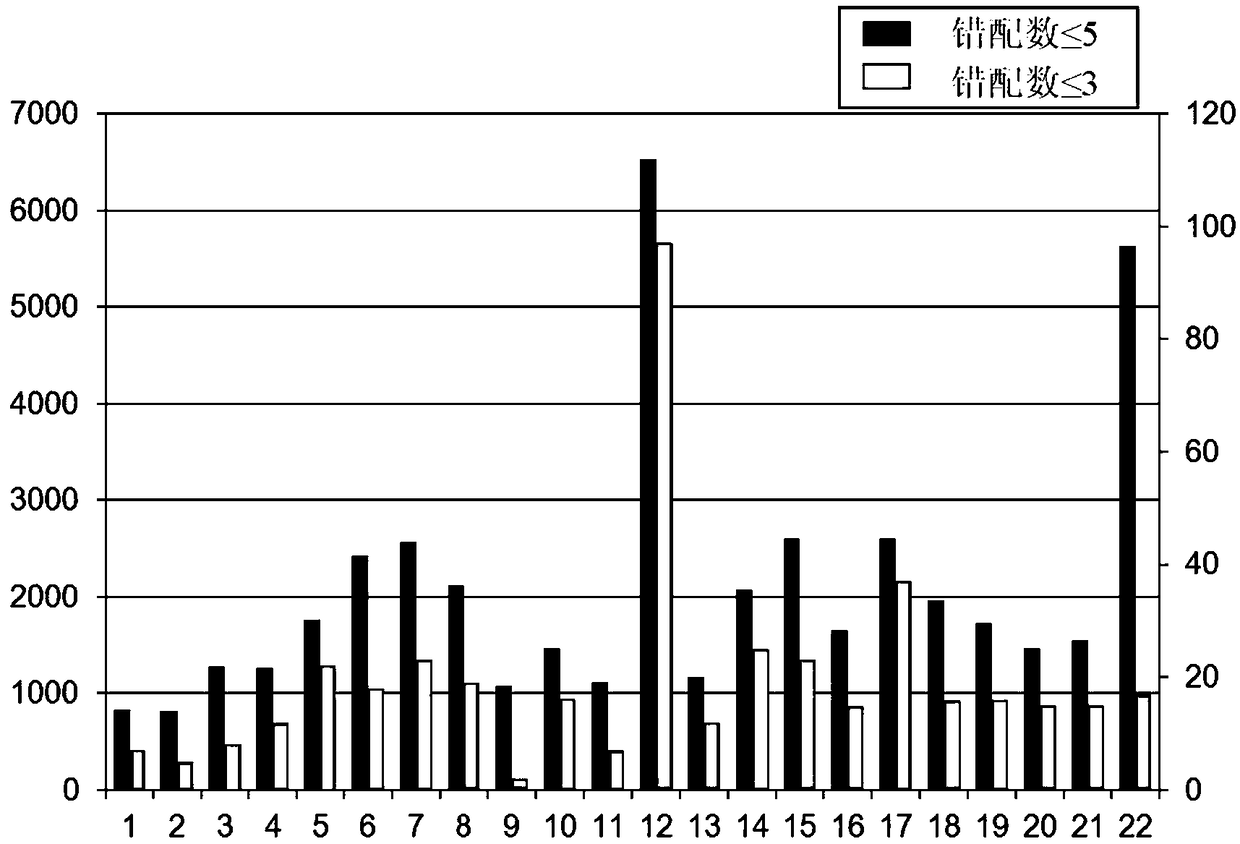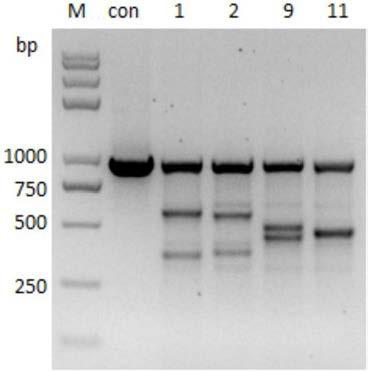Targeting vector and reconstituted cell for Cas9-mediated site-specific integration of FABP4 (adipose fatty acid-binding protein) gene and MSTN (myostatin) gene point mutation
A FABP4, site-specific integration technology, applied in genetically modified cells, cells modified by introducing foreign genetic material, genetic engineering, etc., can solve problems such as low fat content and affect meat quality, shorten breeding time, and improve transgenic efficiency. , the effect of improving the screening efficiency
- Summary
- Abstract
- Description
- Claims
- Application Information
AI Technical Summary
Problems solved by technology
Method used
Image
Examples
Embodiment Construction
[0035] The present invention will be described in further detail below in conjunction with the accompanying drawings and embodiments.
[0036] The present invention first constructs the Cas9 eukaryotic expression vector pSpCas9-sgRNA targeting MSTN gene and the targeting vector pLR-P2A-FABP4-PolyA-SE for site-specific integration of FABP4 gene and MSTN gene point mutation, and then utilizes the method of electroporation to transform Cas9 The nuclear expression vector pSpCas9-sgRNA and the targeting vector pLR-P2A-FABP4-PolyA-SE were co-transfected into Luxi cattle fetal fibroblasts, cloned cells were obtained by Puro screening, and positive clones for precise targeting were obtained by Junction PCR screening and verification cell. Finally, the positive cloned cells were used as nucleated cells to transfer into enucleated bovine oocytes to obtain transgenic cloned embryos.
[0037] (1) Preparation of reagents and solutions
[0038] 1. Reagents
[0039] Restriction endonuclea...
PUM
 Login to View More
Login to View More Abstract
Description
Claims
Application Information
 Login to View More
Login to View More - R&D
- Intellectual Property
- Life Sciences
- Materials
- Tech Scout
- Unparalleled Data Quality
- Higher Quality Content
- 60% Fewer Hallucinations
Browse by: Latest US Patents, China's latest patents, Technical Efficacy Thesaurus, Application Domain, Technology Topic, Popular Technical Reports.
© 2025 PatSnap. All rights reserved.Legal|Privacy policy|Modern Slavery Act Transparency Statement|Sitemap|About US| Contact US: help@patsnap.com



